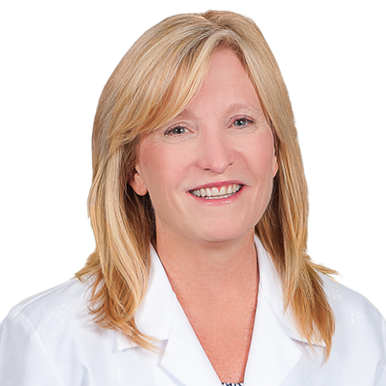There are a lot of reasons women put off having their annual screening mammogram. One reason we routinely hear is that many patients find the compression uncomfortable or even painful. So why is it important?
Why is compression necessary during a mammogram?
- Compression helps to spread out the normal fibroglandular (dense) tissue of the breast making it easier for radiologists to see through the breast tissue and detect abnormalities that might be hidden by the overlying tissue.
- If the breast is not well compressed, overlapping tissue can look like a mass or abnormality. This can increase the likelihood of a patient getting called back for additional images.
 Compression helps reduce motion artifacts. These can be caused by accidental patient movement or breathing motions and result in unclear or blurry images.
Compression helps reduce motion artifacts. These can be caused by accidental patient movement or breathing motions and result in unclear or blurry images.- Calcifications can be seen more clearly when the breast is adequately compressed.
- The more the breast is compressed, the less radiation exposure is needed to obtain optimal images.
Overall, compression helps reduce the likelihood of artifacts and provide a better view of a patient’s breast tissue.
How long does the compression last during a mammogram?
When you have a screening mammogram at WakeRad UNC REX, our certified technologists help position your breast on the mammogram unit. Once properly in place on a special platform, your breast is gradually compressed with a plastic paddle for only a few seconds. The intent is to do this as comfortably as possible while ensuring adequate and consistent compression. Women often tell us that the expectation of pain is worse than the pressure they actually experience.
Research shows that applying insufficient compression can lower the detection rate of a mammogram. Our technologists check patient images for quality as inadequate compression can potentially lead to an inclusive reading and a callback for additional imaging. Once satisfied with the image, this process is repeated for your other breast.
If you’re curious about other aspects of the exam, please read our piece on what to expect during your mammogram and how you can prepare.
Schedule your annual screening mammogram
We hope that understanding why compression is necessary during a mammogram will make it easier for women to have their annual screening. We agree with the new breast imaging guidelines and data from multiple leading medical organizations that screening mammography, specifically 3D mammography, is the best way to detect breast cancer at its earliest stage when it’s most treatable. WakeRad UNC REX is proud to be the Triangle’s leader in 3D mammography with breast imaging offices located throughout the greater Raleigh area. Contact our scheduling team at 919-232-4700 or submit an online appointment request to schedule your annual screening mammogram today.
Sources:
RadiologyInfo.com
National Institute of Health – Breast Cancer Research
